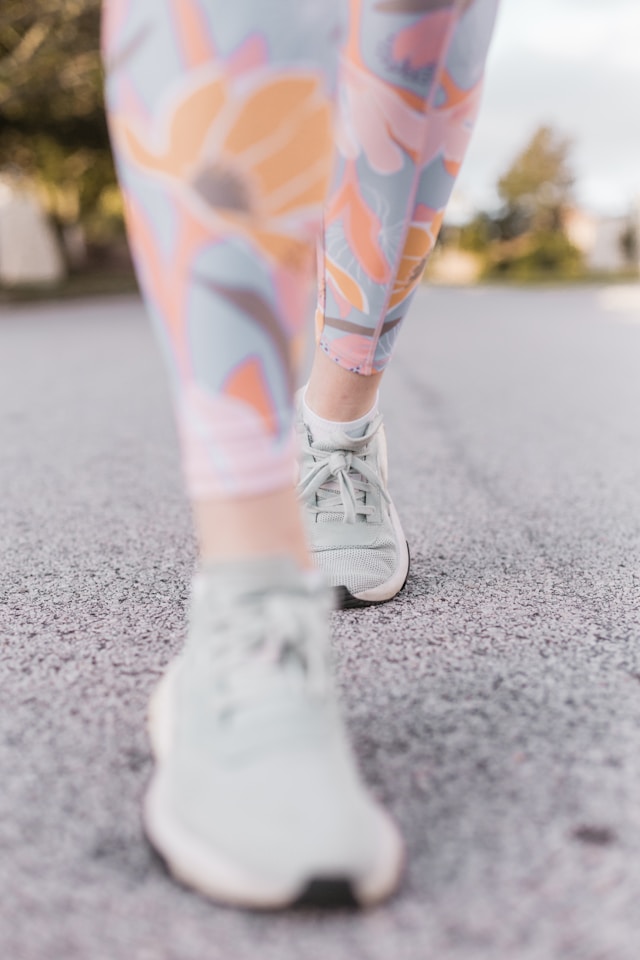Walking is not only a great form of exercise but also an opportunity to unwind and connect with your surroundings. For women, ensuring safety while walking is paramount, especially in urban or secluded areas. By adopting a few key practices, you can enhance your peace of mind and fully enjoy your walk. Here are essential walking safety tips tailored for women:
1. Plan Your Route
Before heading out, familiarize yourself with the area. Opt for well-lit, populated routes, especially if you’re walking alone. Avoid shortcuts through alleys or poorly lit paths, as these can increase vulnerability. Check online for parks that have higher crime areas and plan around those areas.
2. Stay Aware
Maintain situational awareness throughout your walk. Keep your senses alert and avoid distractions like excessive phone use or wearing headphones at high volumes. Being aware of your surroundings allows you to react swiftly to any potential threats. If you use AirPods, make sure your volume is low enough to hear what’s going on around you at all times.
3. Buddy System
Whenever possible, walk with a companion or in a group. There’s safety in numbers, and having someone with you can deter potential attackers. If walking alone, inform someone trustworthy about your route and expected return time.
4. Carry Essentials
Pack essentials like a fully charged phone, identification, and emergency contact information. Consider carrying a personal safety alarm or a whistle that can attract attention in case of danger. Additionally, carrying mace can provide added protection and peace of mind.
5. Trust Your Instincts
If something feels off or you sense danger, trust your instincts and alter your route or seek a safe location immediately. Women’s intuition is a powerful tool for personal safety. trust your gut, sister.
6. Be Visible
Wear bright or reflective clothing, especially if walking during low-light hours. This makes you more visible to drivers and passersby, reducing the risk of accidents or unwanted attention.
7. Self-Defense
Equip yourself with basic self-defense knowledge and techniques. Many communities offer self-defense classes specifically tailored for women, focusing on practical skills to protect yourself if confronted.
8. Avoid Isolated Areas
Steer clear of isolated or poorly lit areas, parks, or deserted streets, particularly at night. Stick to well-trafficked paths where you’re more likely to encounter assistance if needed.
9. Use Well-Lit Routes
Prefer routes with adequate lighting, especially in dimly lit areas or after sunset. Illuminated paths reduce the risk of accidents and enhance visibility, making it easier to navigate safely.
10. Stay Hydrated
Carry water and stay hydrated, especially during walks in hot weather. Dehydration can affect your alertness and ability to react quickly to potential hazards.
11. Change Walking Times
Vary the times of day you walk to avoid predictable routines. This reduces the likelihood of being targeted by individuals monitoring regular schedules.
12. Stay Connected
Maintain communication with a friend, family member, or through a safety app that allows you to share your location in real-time. Regular check-ins can provide peace of mind for both you and your loved ones.
13. Continual Assessment
Regularly reassess and adjust your safety practices based on your surroundings and any changes in your routine. What may feel safe during the day might be different at night or in unfamiliar areas.
By integrating these walking safety practices into your routine, you can enjoy the physical and mental benefits of walking while prioritizing your personal security. Remember, proactive measures and preparedness empower you to make each walk a safe and enjoyable experience. Stay vigilant, stay safe, and keep moving forward confidently.

